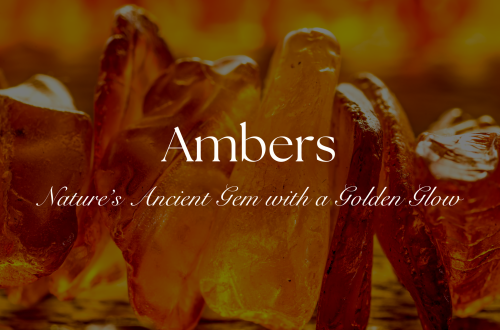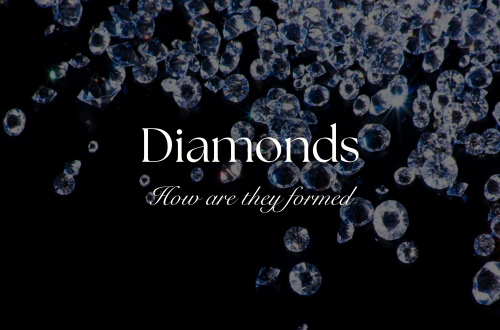Emeralds are green gemstones and are part of the Beryl mineral family (other well-known beryls include Aquamarine and morganite). Emeralds come in a range of greens that are classified by hue, tonal grade and saturation value of the stone is in part determined by this classification. the color is attributed to the presence of variable trace amounts of chromium and vanadium.
The Tonal grade is how dark the gem is. is it a light green or a very dark green: Emeralds can be classified as :
- Very Light
- Light
- Medium Light
- Medium
- Medium dark
- Dark
- Very dark
Higher-quality emeralds are typically in between Medium and Very dark, but this is not the only factor in determining the emerald’s quality.
Next, we have the saturation which corresponds to the intensity of the green, the saturation goes from very dull (lowest quality) to vivid (highest quality)
Finally, the Hue is the type of green for example a slightly lime-ish green emerald will be referred to as “yellowish green”, while the color most think of as “emerald green” is called a “blueish green” emerald.
For our final example, let’s consider a Medium Vivid blueish-green emerald
Once the color is determined we can move on to the next qualification; the Clarity:
In very simple words it is how clean the emerald is inside, (surface details that can be polished away are not considered here unless they are major, and also have an impact deeper within the stone. Fully clear emeralds are incredibly rare as most are heavily included, which is therefore considered completely normal and emeralds are classified as Type 3 on the GIA colored stone clarity classification.
For our final example let’s consider an emerald that is relatively mildly included
Typically because of the lower clarity Emeralds are treated, the most common treatment being filling cracks with cedar oil. Note that this treatment is reversible and therefore if you are wearing emerald jewelry you need to be extremely careful to never expose the stones to chemicals, or too much heat, ideally, you should avoid wearing your emerald jewelry while washing your hands, taking a shower, or going for a swim.
For our final example let’s consider an oil filled emerald
The Final Grade is a combination of the previous points and is noted as A (most emeralds, highly included, but still has a good color, often opaque, and although it is still a gem quality stone, it isn’t “ideal”), AA (Usually mildly included, with a good color, high luxury brands typically only use AA and above), finally the AAA category (the minority of stones, these are rare and expensive, comparatively very few inclusions, and usually fantastic color)
Lets give a grade to our example:
- Medium Vivid blueish-green emerald
- mildly included
- oil filled emerald
The color Medium Vivid bluish green could qualify the stone for AAA , but if you look at the second point we noted that it was mildly included, therefore this stone could only be AA. Although this stone is treated, it is not considered in the final grade even though it makes the stone appear more clear it will not change its grade (because it is reversable) – this stone’s final grade would be AA
As all other stones the final price of a stone will also depend on the carat weight and how well it was cut.
In addition to their aesthetic appeal, emeralds often hold cultural and historical significance. They have been used in jewelry and adornments for centuries and are associated with various myths, legends, and symbolic meanings.
Now for the scientific side of Emeralds:
Chemical Composition: As I mentioned earlier, emeralds belong to the beryl family of minerals, so their chemical formula is Be₃Al₂(SiO₃)₆ which is the same for all Beryls. The green color in emeralds is due to the presence of chromium and vanadium in trace amounts as impurities. Depending on the quantity and proportion of these two trace elements, the color will have different hues, saturation and tone.
Crystal Structure: Emeralds have a hexagonal crystal structure, characterized by six-sided prisms with a hexagonal cross-section. The crystals often form in elongated hexagonal columns. The structure of beryl consists of rings of silicate tetrahedra, where each silicon or aluminum atom is surrounded by four oxygen atoms.
Density: The density of emeralds varies based on their composition and the presence of inclusions. On average, the density ranges from approximately 2.67 to 2.78 grams per cubic centimeter.
Mohs Scale Rating: Emeralds have a hardness rating of 7.5 to 8 on the Mohs scale, making them relatively durable but still susceptible to scratches from harder materials. Ideally keep you emeralds separate from other stones
Refractive Index: Emeralds have a refractive index that typically falls in the range of 1.565 to 1.602.





